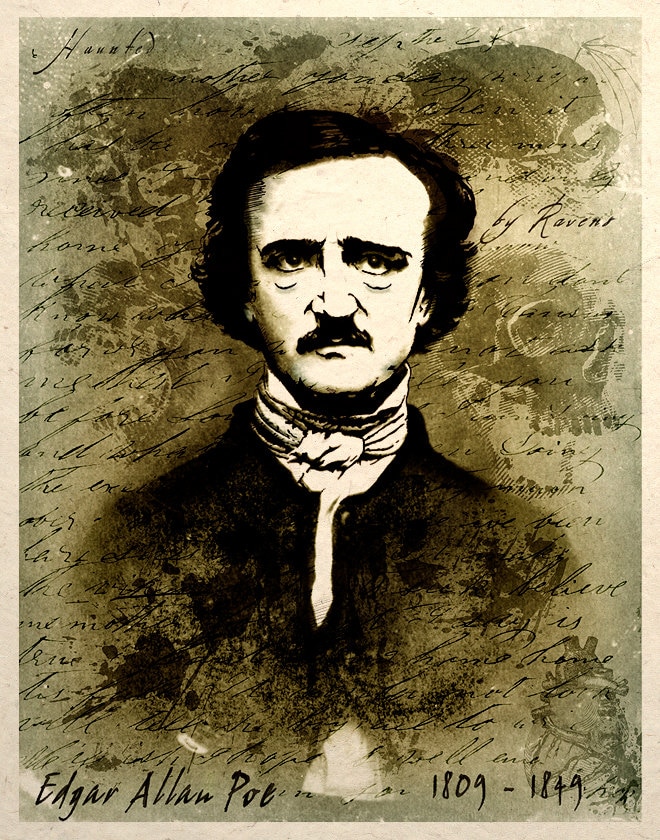

The Victorian era (1837-1901) produced some of the most well-known examples of gothic horror with the publication of such novels as Wilkie Collins ’ The Woman in White (1859) and Bram Stoker’s Dracula (1897) and novellas such as Joseph Sheridan Le Fanu’s Carmilla (1871) and Robert Louis Stevenson’s The Strange Case of Doctor Jekyll and Mr. Edgar Allan Poe managed to condense elements of gothic horror within his short stories, starting in 1839 with the release of " The Fall of the House of Usher." For more information on the Father of American Goth, check out our post: Where to Start with Edgar Allan Poe. In 1818, Mary Wollstonecraft Shelley’s debut novel, Frankenstein, marked a shift in gothic horror by changing the typical gothic villain from an evil man or supernatural creature into an physical embodiment of human folly, brought to life through the power of science. ( Check out our brief history of gothic romance here!) These are the core elements that separate gothic horror from its cousin, gothic romance. The battle between humanity and unnatural forces of evil (sometimes man-made, sometimes supernatural) within an oppressive, inescapable, and bleak landscape is considered to be the true trademark of a gothic horror novel. The novels' endings are more often than not unhappy, and romance is never the focus. It is said to derive from the English author Horace Walpole’s 1764 novel The Castle of Otranto, later subtitled “A Gothic Story”.Gothic fiction as a genre was first established with the publication of Horace Walpole’s dark, foreboding The Castle of Otranto in 1764. In the centuries since, gothic fiction has not only flourished, but also branched off into many popular subgenres.Įarly novels in the gothic horror subgenre heavily feature discussions of morality, philosophy, and religion, with the evil villains most often acting as metaphors for some sort of human temptation the hero must overcome. Gothic fiction, sometimes called Gothic horror in the 20th century, is a genre of literature and film that covers horror, death and at times romance. Often, the supernatural elements, such as the veiled and bloody nun in Matthew Lewis’ 1796 “The Monk,” convey the hidden terrors contained in human nature. Since its first appearance in the late 18th century, gothic literature made heavy use of symbolism to explore themes of human experience. What are the 10 elements of gothic literature? What do Gothic works symbolize? Ravens and crows are near impossible to tell apart in the field. In other cultures, ravens are portrayed as a symbol of death. Native American lore describes the raven as a creature of metamorphosis, and symbolizes change and transformation. The raven has long been used in symbolism and carries many spiritual meanings. (In the New Testament as well, ravens are used by Jesus as an illustration of God’s provision in Luke 12:24.) What does a raven mean spiritually?

Ravens are an example of God’s gracious provision for all His creatures in Psalm 147:9 and Job 38:41.

What does the raven symbolize in the Bible? When a madman begins committing horrific murders inspired by Edgar Allan Poe’s works, a young Baltimore detective joins forces with Poe to stop him from making his stories a reality. “The Raven,” starring John Cusack as Poe, is a fictionalized account of Poe’s last days. The speaker’s grief and imagination combine to drive him to a state of irrationality and despair. The moral of “The Raven” is that one should be careful not to become completely overwhelmed by one’s emotions. What does the raven symbolize? What is the moral lesson of The Raven? The main themes of Edgar Allan Poe’s narrative poem “The Raven” are devotion, loos, and lingering grief that cannot be diminished.


 0 kommentar(er)
0 kommentar(er)
